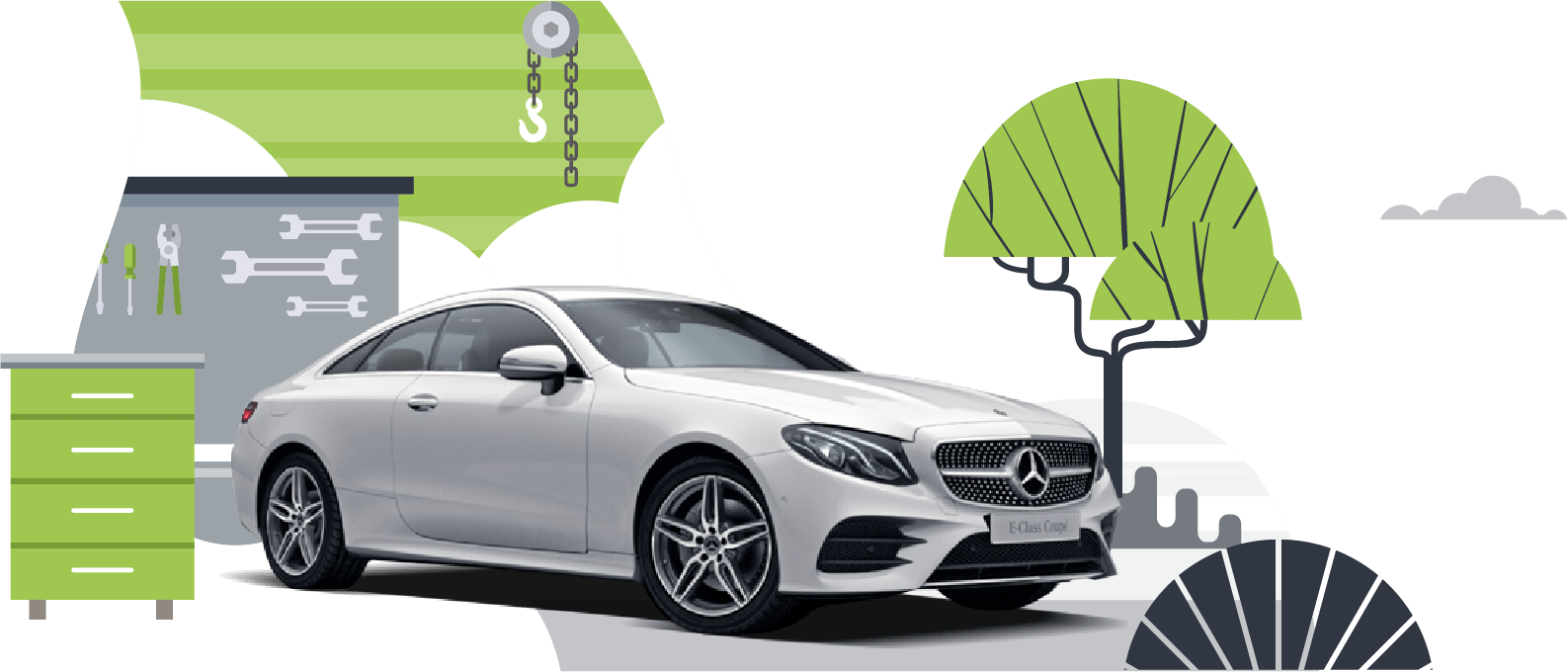Does a car warranty cover flood?
A flooded car can experience a host of problems. Even if just an egg cup full of water gets into your engine, it can ruin it, so driving through water can cause you expensive problems.
Warranties are designed to offer protection from specified mechanical and electrical faults with your vehicles; they are not designed to cover you for eventualities such as flooding. If you want protection for this type of risk, you need to make sure you take out suitable car insurance.
How to find flood protection
When you want to mitigate the risks of damage by flooding, a fully comprehensive insurance policy is the way to go. Even then, the amount of payout you receive may depend on whether the flood is considered to be avoidable or unavoidable.
If you have driven your car through a flooded road – to get to work, for instance – this is considered to be avoidable flood damage. In contrast, if your car is flooded in its usual parking spot, this is generally considered to be unavoidable flood damage. Insurance companies are more likely to pay the full costs of unavoidable flood damage. If your actions caused the damage or made it worse, you might struggle to get compensation. As ever, make sure you are familiar with the small print and exclusions of fully comprehensive insurance when you buy it so you know what to expect in the event you need to make a claim.
What to do if your car is flooded
Do not attempt to drive if your car has been flooded. Even if it looks fine, any unseen pockets of water can make engine problems worse. Contact a technician with expertise in dealing with flooded cars and arrange for the car to be towed to the garage.
If you have fully comprehensive insurance, it is important to notify your insurance company of any flooding as soon as possible. This will help if you later decide to make a claim. Your insurance company may also have a preferred technician they want you to use for them to honour the claim. It is important to follow this requirement, as if you go to an unapproved garage, this is likely to invalidate your insurance.
It is best to leave drying out to the experts, but you can start things off by taking out any wet upholstery to remove any superficial moisture from the vehicle. If you can get hold of a wet vacuum cleaner to clean up water pockets, you can start to remove any water with it.
Mark the highest point on the car that the water came up to. This will enable an expert to ascertain what sort of electrical damage the water might have caused, if any. They will also check the mechanical parts, including the axel, braking system and fuel system.
Often, damage to soft surfaces causes mould and mildew. This, while not intrinsic to the functioning of the vehicle, can be unpleasant. You may decide to replace these depending on the extent of the damage.
Some faults to a car caused by flooding might only appear a few months after the incident. If your car has been flooded, you must notify any future buyers of this, and it is likely to greatly reduce the value of the car. This is why car insurance companies sometimes decide that these sorts of faults are not worth fixing in the long run.


